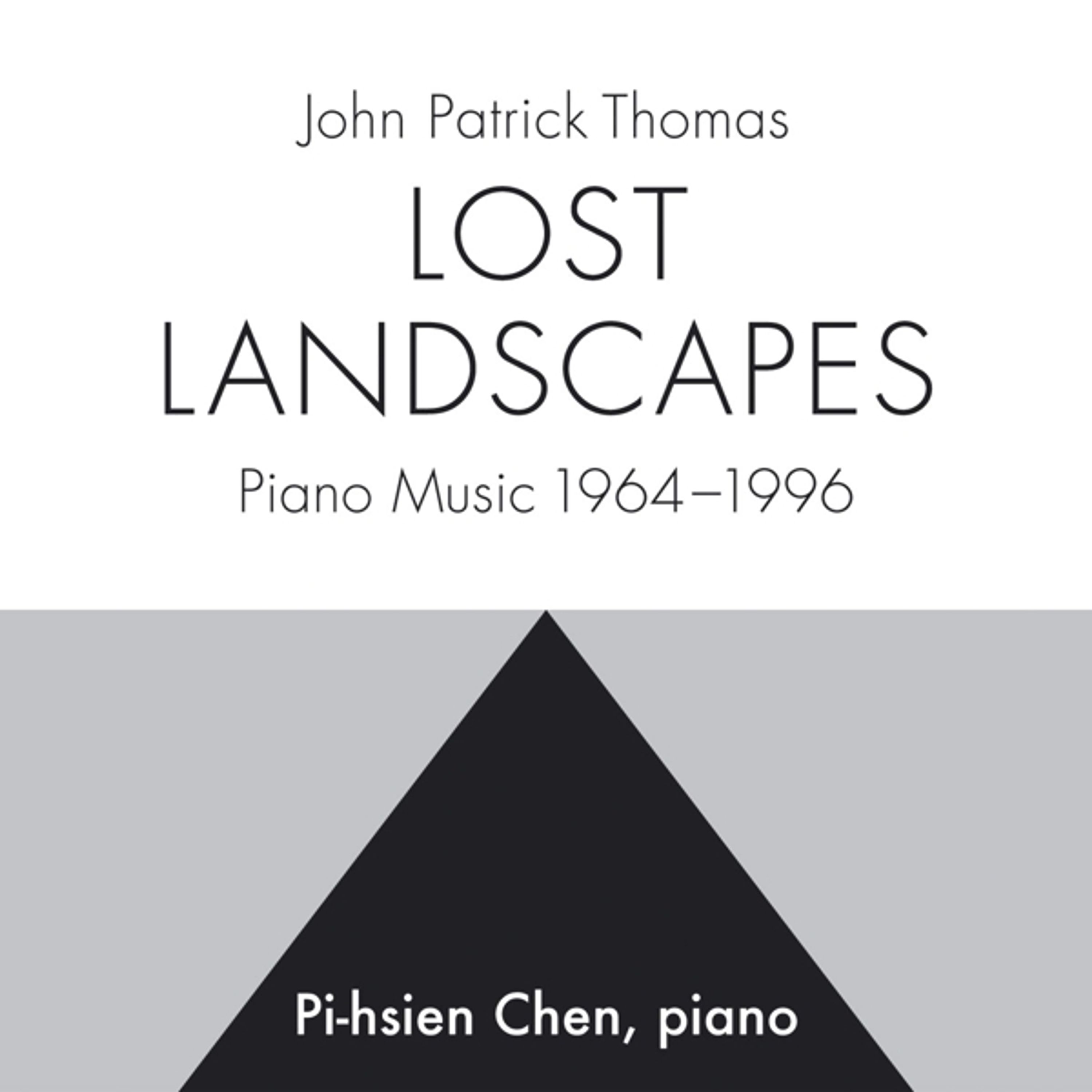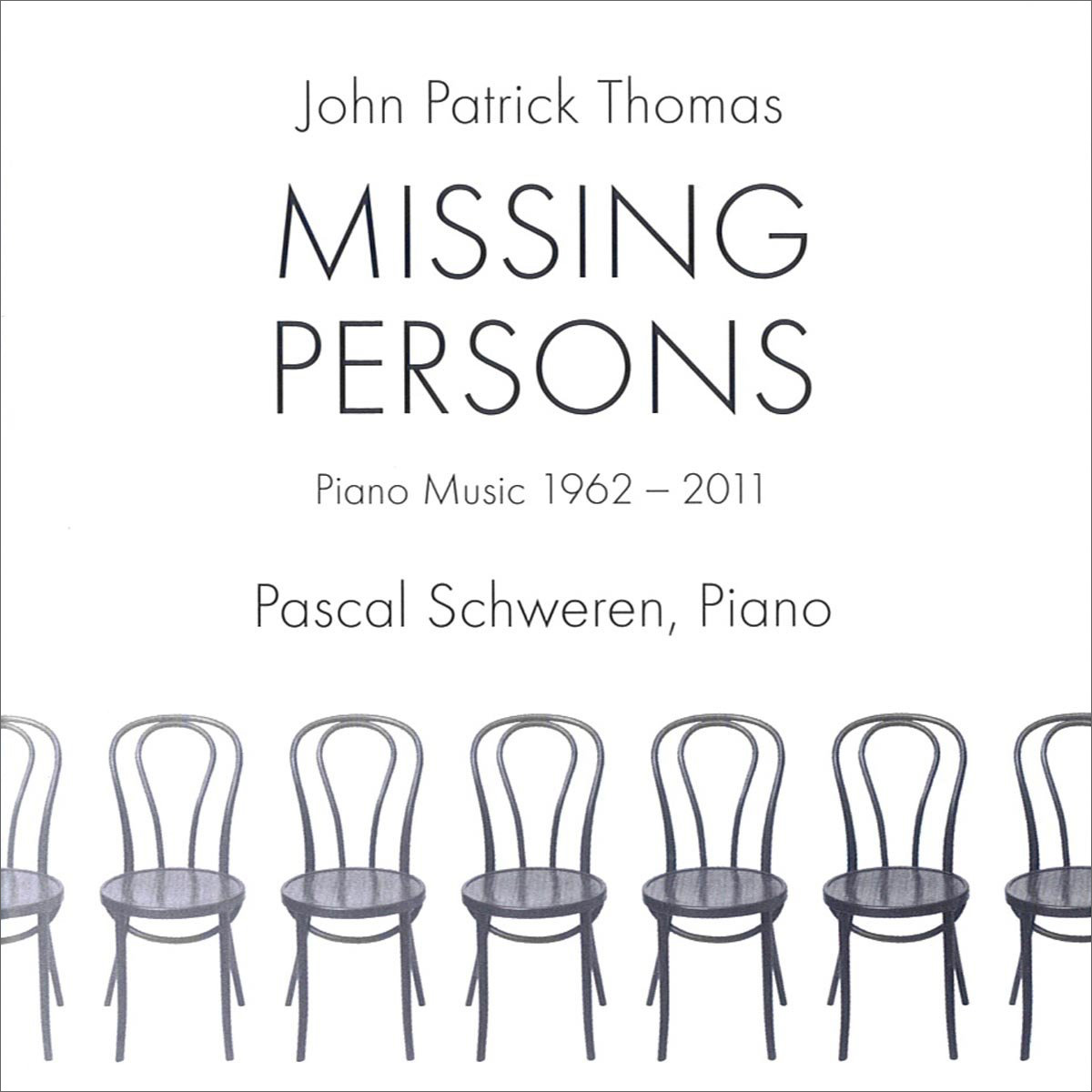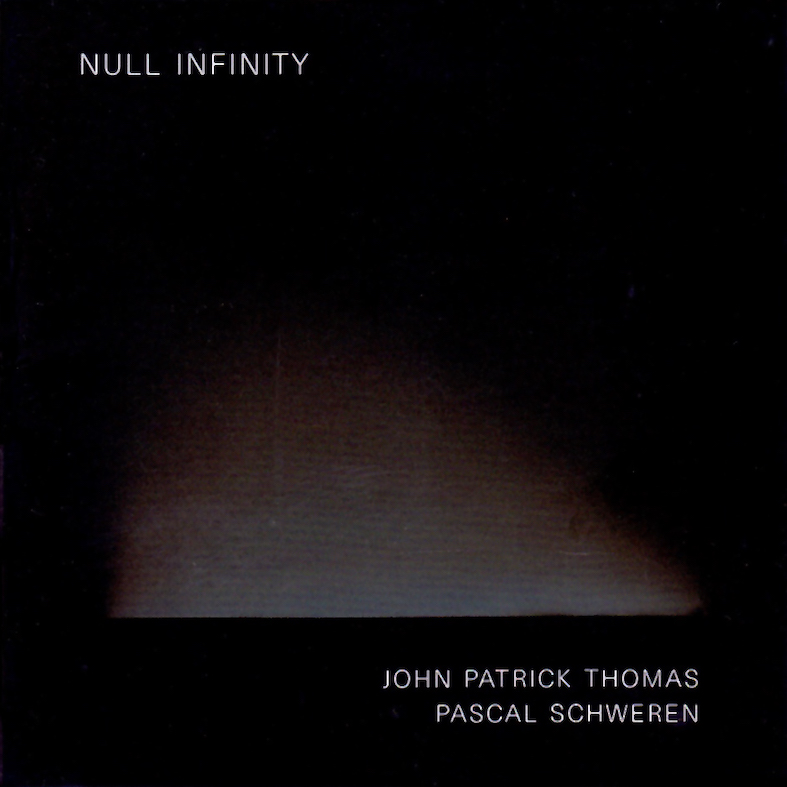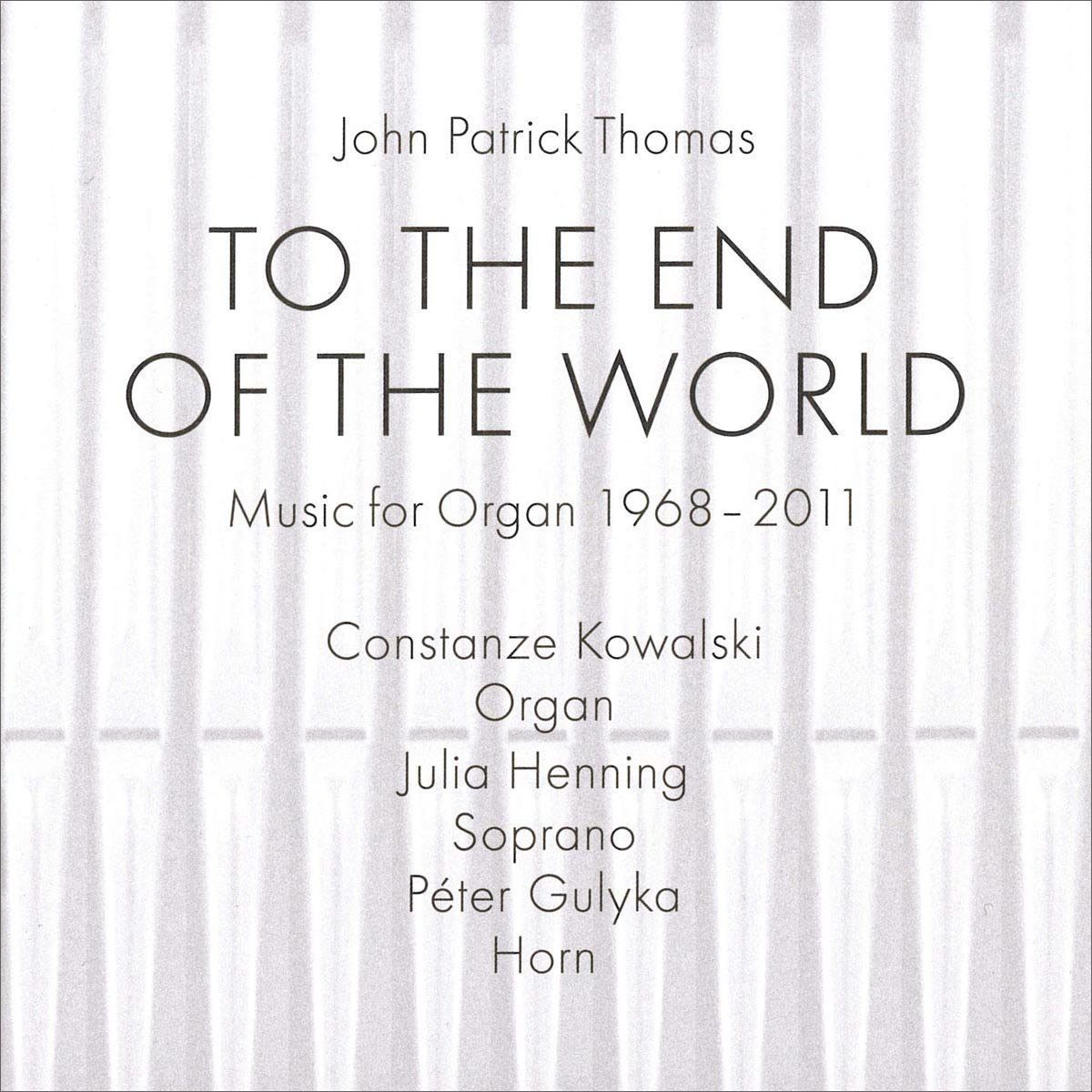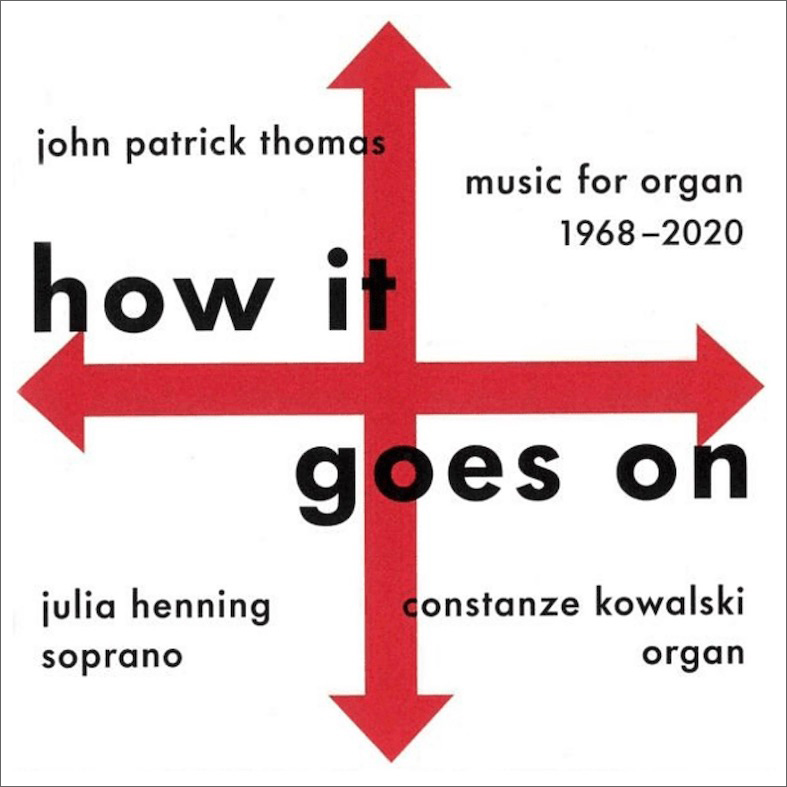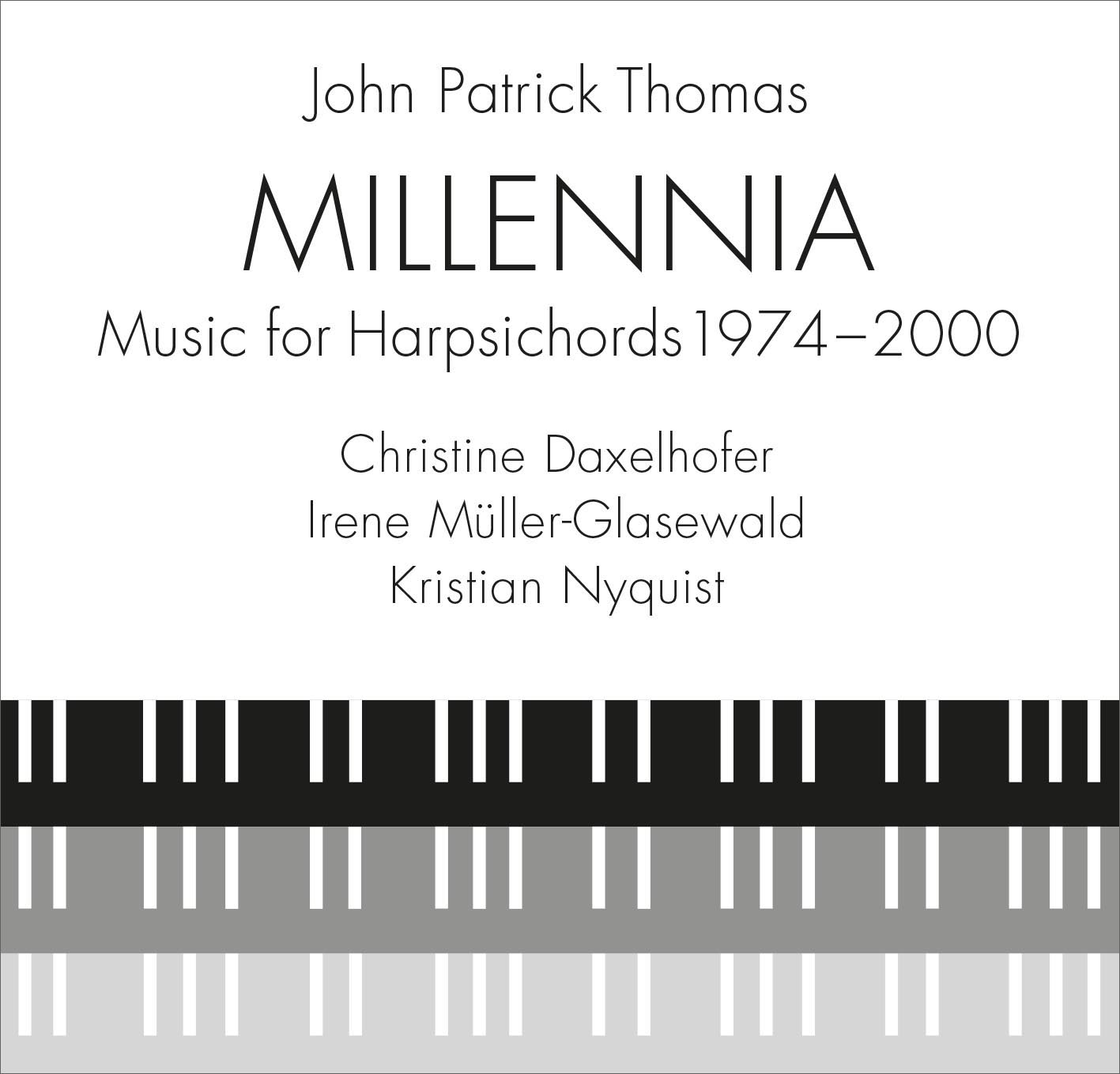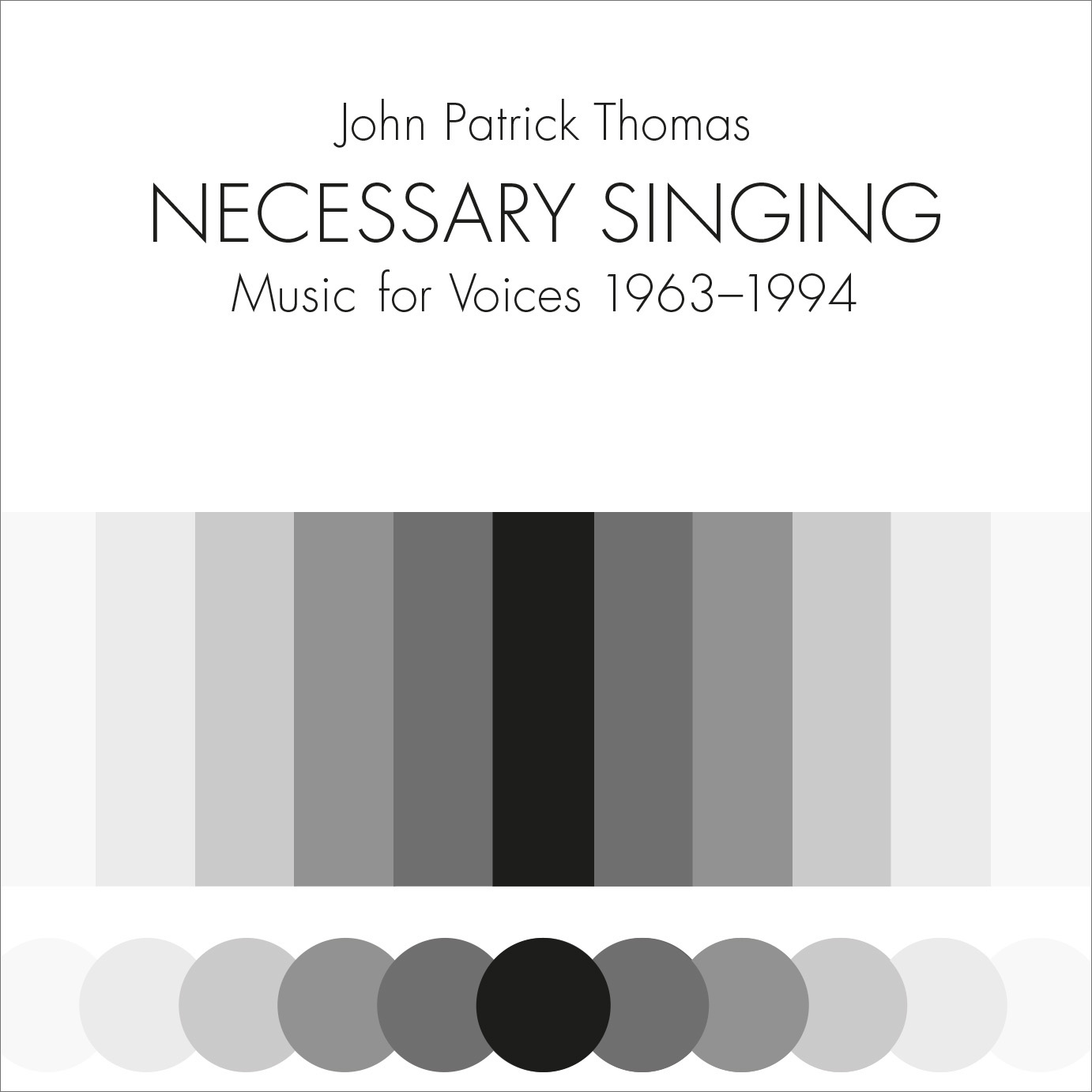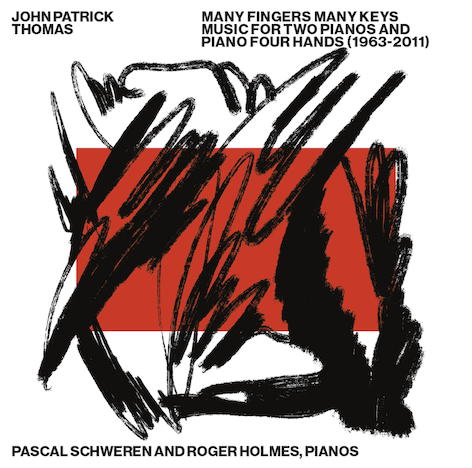Recordings
All music comes from somewhere. My first musical experiences were centered around singing and playing the piano. My maternal great-grandfather was a professional band director in Berlin before becoming a farmer in North Dakota, one of my aunts was a talented pianist, and my mother was encouraged to pursue a singing career before she became my mother. The first instrument I remember is my grandparents' large, upright player-piano where, at the age of three, with my hands, I pedaled my way through piano rolls of early 20th-century popular songs, opera transcriptions, and also an original roll of Gershwin playing "Whispering". As a student, I was always more interested in improvisation than practicing. Because of this, my own piano technique is limited, but I think those hours of exploration and experimentation developed my passion for the sound of the instrument. This recording, suggested by Pi-hsien Chen, to whom I'm profoundly grateful, contains the larger pieces I've written for the instrument since the mid-1960's. Each of them seems to represent the distillation of a particular moment in life. I note there is an elegiac quality to all these pieces, but, given that, I think they still contain a fairly broad spectrum of expressive and technical intentions. I like music with a physical impulse, an awareness of the past, and hope for music of the future. I've written other solo pieces and works for two pianos and piano four-hands, but I've saved them for another day.
Pi-hsien Chen was born in 1950 in Taiwan. At the age of nine she moved to Cologne, Germany, where, a year later, she joined the piano class of Hans-Otto Schmidt-Neuhaus. She won the first prize at the international ARD competition in Munich when she was 21. Later she won the Schönberg competition in Rotterdam and the Bach competition in Washington, D.C. She has performed in the major concert halls of Europe, Asia, and America and is one of the foremost proponents of new piano music in Europe. Her recordings include music by Bach (the Goldberg Variations and the Art of the Fugue), Barraqué, Boulez, and Schönberg’s complete works for piano. She has been a professor of piano at the music universities in Cologne and Freiburg.
The music on this recording seems to me different from that on another recording of my piano music (Lost Landscapes, played by Pi-hsien Chen). Perhaps the music here is mellower, with a different ambition. While the earlier recording seemed to be involved with places, the music here has more to do with particular people. I have always written music out of an immediate impulse, a need on my part to memorialize experiences, to make time stand still, to hold on in some way to those people and places in my life that are slipping away as I grow older.
Pascal Schweren, pianist, was born in Cologne, Germany in 1969. He studied classical piano at the Folkwang University of the Arts in Essen. His major teachers have been Andy Lumpp and Thomas Rückert (for jazz) and Andreas Woyke, Jelica Graf, Peter Orth, and Ludger Maxsein (for classical repertoire). He is a much sought-after piano accompanist for concerts throughout Germany with numerous singers and instrumentalists. His performance of the Schubert "Winterreise" with tenor Arno Bovensmann has been a particular high point in his career. Schweren is also an accomplished saxophone player and active as a teacher of both piano and saxophone at the Music School in Nordhorn, Germany. Following work with the Raschér Saxophone Quartet, he has collaborated on a realization of Bach's "Art of the Fugue" for the saxophone Ensemble "Art of Sax". He is also active in duo concerts with the Israeli clarinetist Gil Shaked Agabada and the Bulgarian violinist Eli Georgieva-Milkov, Schweren lives now in Essen-Werden, Germany.
In 2016, I decided to write something that went against all my habits and learned tendencies, something distanced from what people have said about my music so far. In the “...Paintings” pieces, I wanted to write a music with no direction, no tonal influences, no counterpoint, no functional harmony, no historicism, no improvisational devices, no dance rhythms, and in fact, nothing particularly “beautiful” or poetic. I wanted to work in a way I’ve mostly avoided in the past.
Pascal Schweren (pianist) was born in Cologne in 1969. His work combines teaching and concertizing as both a classical and jazz musician. He lives in Essen-Werden, Germany. www.pascal-schweren.de
Sven Treeß (sound design) was born in Hamburg in 1964 and is active as a sound technician throughout Germany. He lives in Hamburg.
Composers's Note
Church organs have always seemed apocalyptic to me. The range and variety of their sounds, the sounds' textural density, and the overlapping in their acoustical resonance create a gloriously ominous atmosphere - which may be one reason why the organ is so often used to dramatic effect on the stage and in film, and why its sound is do present in churches around the world. The title of the CD is taken from the last line of the AUS MATTHÄUS text. It can mean the destination of a journey or allude to the inevitable end we all face, the cataclysmic final moments of our planet. It is, however, comforting to know that astronomers estimate our sun has yet millions of years to burn before anything so unconditional occurs.
Because I don't play the organ myself with facility, I come to it with a certain innocence. I was raised a Protestant in a small town in the American West, so my experience with organs primarily involved electric instruments: Hammonds and Wurlitzers. Gregorian Chant, the music of the Renaissance and Early Baroque, and Protestant hymns were important early musical experiences
I admire the organ works of J.S. Bach, but from a distance (the final piece AUS MATTHÄUS is a direct reference to one of his choral preludes). The organ music of Messaien and works such as Milhaud's SACRED SERVICE have also impressed me. Beyond that, it's hard for me to trace influences for the music in this recording. The organ's capacity to sustain sound (as in FOUND MUSIC) intrigues me, as it rings in in the architecture of great churches. There is drama in a sound that goes on and on, though we know it will eventually end, like the universe. Of course, there is an alternate view of the ultimate end taken by Samuel Beckett, for one. When he was told the end of the world was far off in the future, he said, "We were born too soon".
Composer's Note
In 1966, while a student at the University of California in Berkeley, I included a soprano and an organ in incidental music I wrote for a production of Marlowe's "Doctor Faustus", and in 1968 I composed two solo works for the organ (Peniel and Music for a Wedding Ceremony). Meeting the organist Constanze Kowalski, in Hamburg, four and a half decades later, revived my interest in the instrument; I am grateful for her continuing encouragement and collaboration. The recording represents works composed for her as well as transcriptions of earlier piano pieces.
Constanze Kowalski (organ) was born in Celle, Germany in 1969. She studied church music at the University for Music and Theatre in Hamburg and completed her studies with a concert examination. Her teachers were Rose Kim and Wolfgang Zerer for organ and Hanelotte Pardall for choral direction. For many years, she has toured as an organ soloist and with chois in Germany and abroad. She travels regularly to perform in Vladivostok in Russia. She is the Music Director at both the Christuskirche (Christ Church) and the Apostelkirche (Church of the Apostels) in Hamburg-Eimsbüttel, where she works with numerous instrumentalists and singers. She also directs the Children's Choir.
Why harpsichord? Various reasons. From the practical standpoint, in my career as a countertenor I worked with a number of excellent Early Music harpsichordists who also had a keen interest in New Music. Over the years, a number of these players, beginning with William Christie, liked the music I’d written and asked me to write something for them. I also got to know a number of instrument builders, such as William Dowd and Reinhard von Nagel in Paris, who encouraged me. In this connection, I must say the players on this recording have been particularly faithful advocates of New Music for their instrument. I love the sound of classical harpsichords and am continually amazed at the variety of colors available. Sounds with which we are familiar in certain musical contexts take on a special tension and vitality when we hear them in others. I also like the freedom of maneuver which permits abstract material (as in Pages) as well as material which is more referential in character. Perhaps it’s an American thing not to feel threatened by or in competition with the past. In fact, a number of these pieces were conceived as companions for works from the instrument’s great repertoire. Frankly, I’m not very interested in historicisms. I think The Music of Our Time is all the music available in our global culture. It’s a unique historical position which I feel no need to resist. On the contrary, I think it’s an important part of my life which I hope appears in this music and may give it a sense of vitality and moment. Of course, if I’d had an equivalent access to an electronic studio, I’d have happily written a great deal of music using new media and technologies. But my fate has led me to do something else.
Christine Daxelhofer studied in Bern and with Huguette Dreyfus in France as well as with Gustav Leonhardt and Kenneth Gilbert. She is active as a soloist, as a partner in the ensemble “For Two to Play”, and as a continuo player in various chamber ensembles in Europe and South America; her special interests in New Music have encouraged a number of composers to write for her. She directs the cembalo class and the Studio für Alte Musik at the Hochschule für Musik in Karlsruhe and is often invited to lecture and teach as well as perform in Europe and abroad.
Irene Müller-Glasewald began her studies in Mannheim and later studied with Christine Daxelhofer in Switzerland and at the Basel Schola Cantorum. She teaches both at the Conservatory in Biel, Switzerland, and the Hochschule für Musik in Karlsruhe. She has done special research into continuo notation and has special interests in the literature for cembalo duo and New Music.
Kristian Nyquist began his studies with violin and piano lessons, and at 15 developed an interest in the harpsichord. He has studied with Christine Daxelhofer in Karlsruhe, with Huguette Dreyfus in Paris, and with Colin Tilney, Bob van Asperen, and Gustav Leonhardt. He currently teaches at the Hochschule für Musik in Mannheim and at that in Karlsruhe, as well as giving workshops in interpretation and performance practice for advanced students.
I have an extreme opinion concerning singing: I think it’s a profound human need, one of the most personal means we have to reach the deepest parts of our psychological and emotional beings and to express these feelings to others. At least that is the case in my life and in the lives of many people I’ve met. What do we really sing about most of the time? Love, grief, joy, spiritual conviction, hope? The physical sensations we experience when we sing or just listen to music have long been recognized as healthy phenomena. Of course, there are many kinds of singing, and we react to them with differing degrees of identification. My own interests are directed toward a way of singing which makes possible the broadest stylistic and coloristic spectrum, singing which strengthens and frees the vocal mechanism enabling the singer to fulfill her or his musical and expressive intentions with the utmost flexibility and endurance, singing which enables the singer to tell The Truth inherent in the music, whatever the piece may be. For this recording, I had the great good fortune to work with artists who brought to my music a degree of conviction and identification which no composer can presume, but which we all hope for.
I have read that fragmentary structures are typically American. The country, of course, is itself a “melting pot” of different cultures, languages, histories, and cuisines. The country’s motto e pluribus unum [from many, one] is appropriate.
A number of pieces on this CD are examples of this fragmentary tendency; one even dates back more than 50 years. Two of the pieces are piano transcriptions of music written originally for harpsichord (presented here as music for piano four hands and music for two pianos). Because of problems in preparation caused by the Covid-19 pandemic and lockdown, the players chose to use two pianos for most of the four hand pieces. Though the visual aspect and some of the humor in the four hand pieces are missing in an audio presentation, the stereophoniceffect shows musical differentiations in all these pieces.
